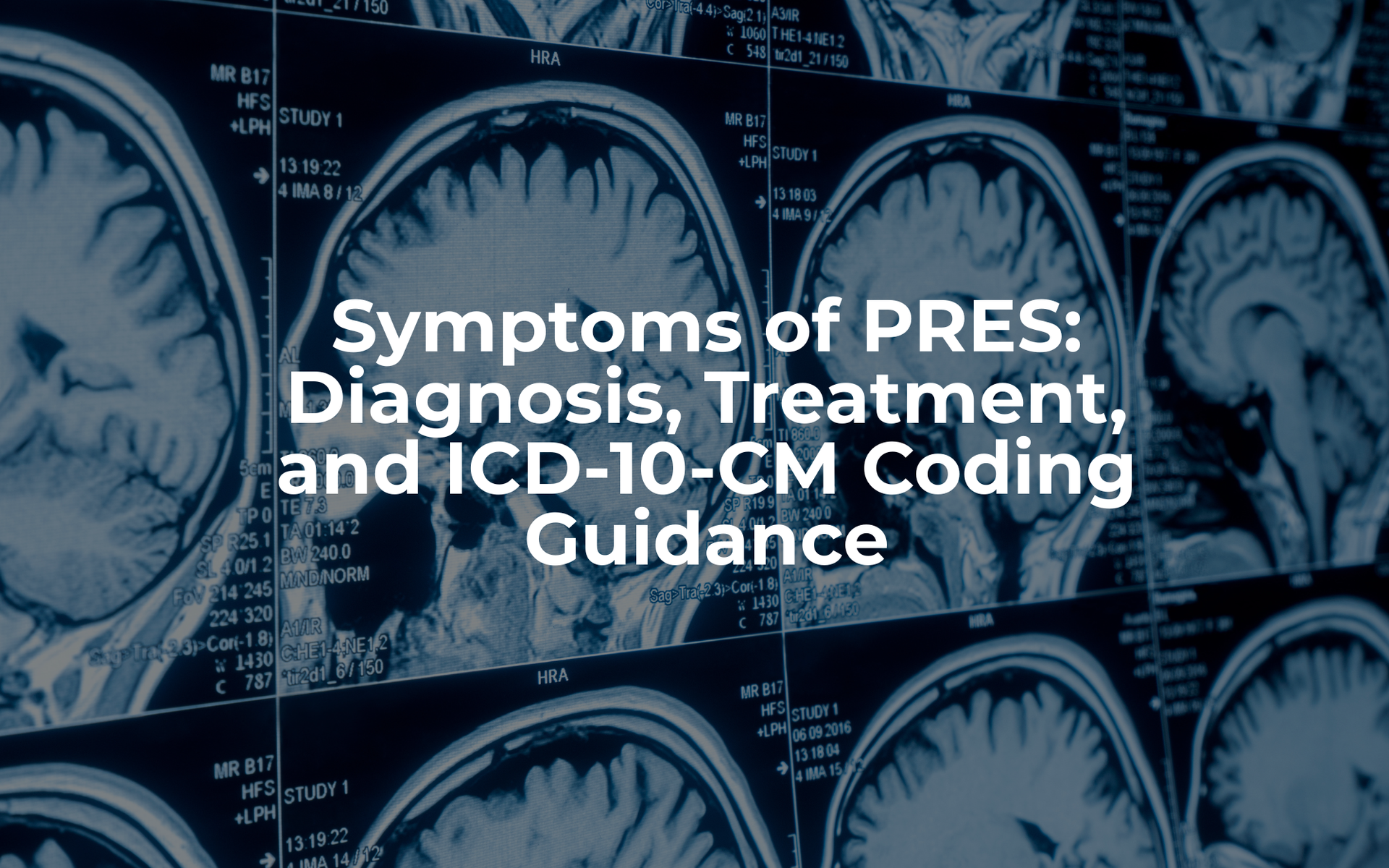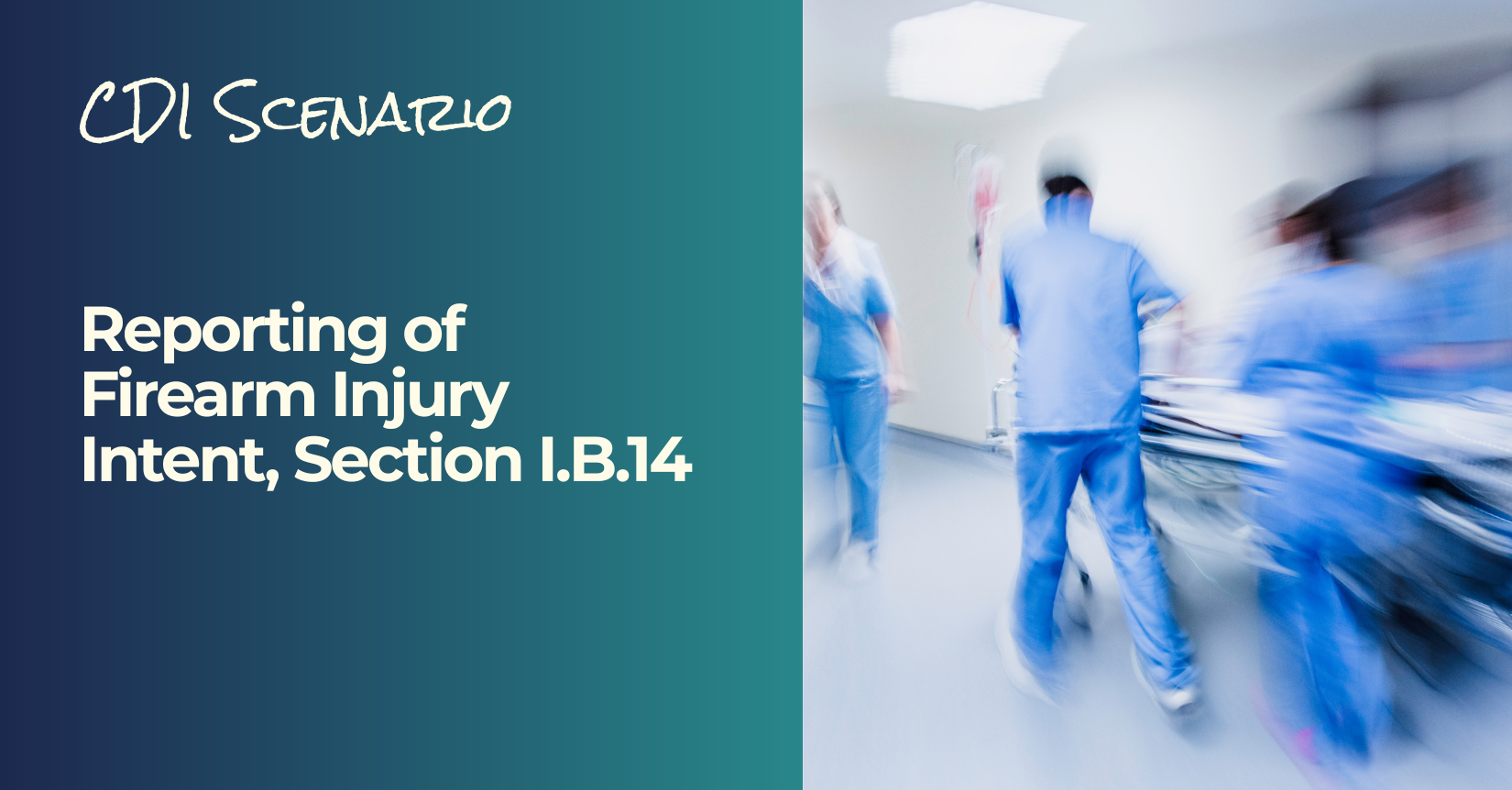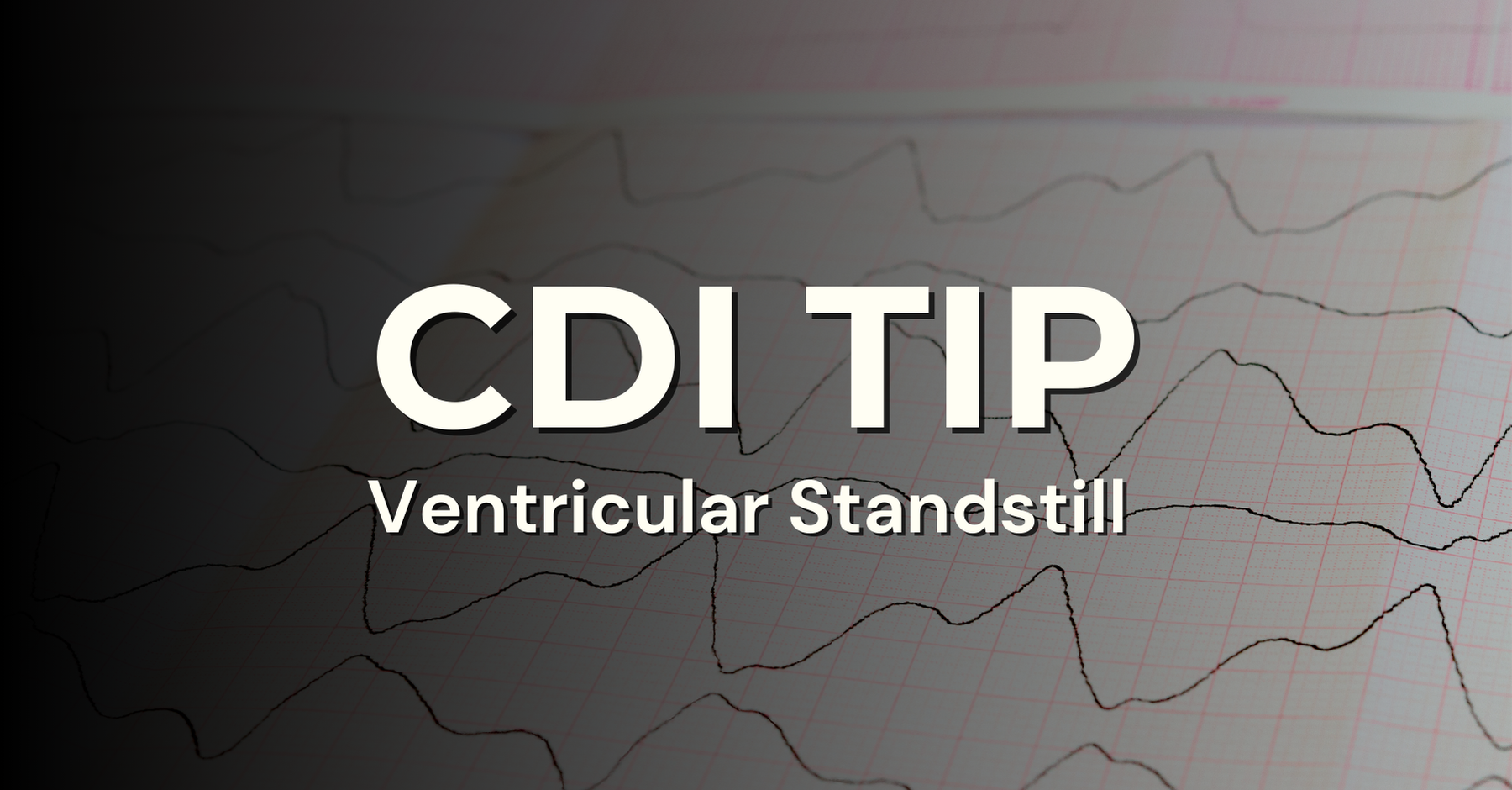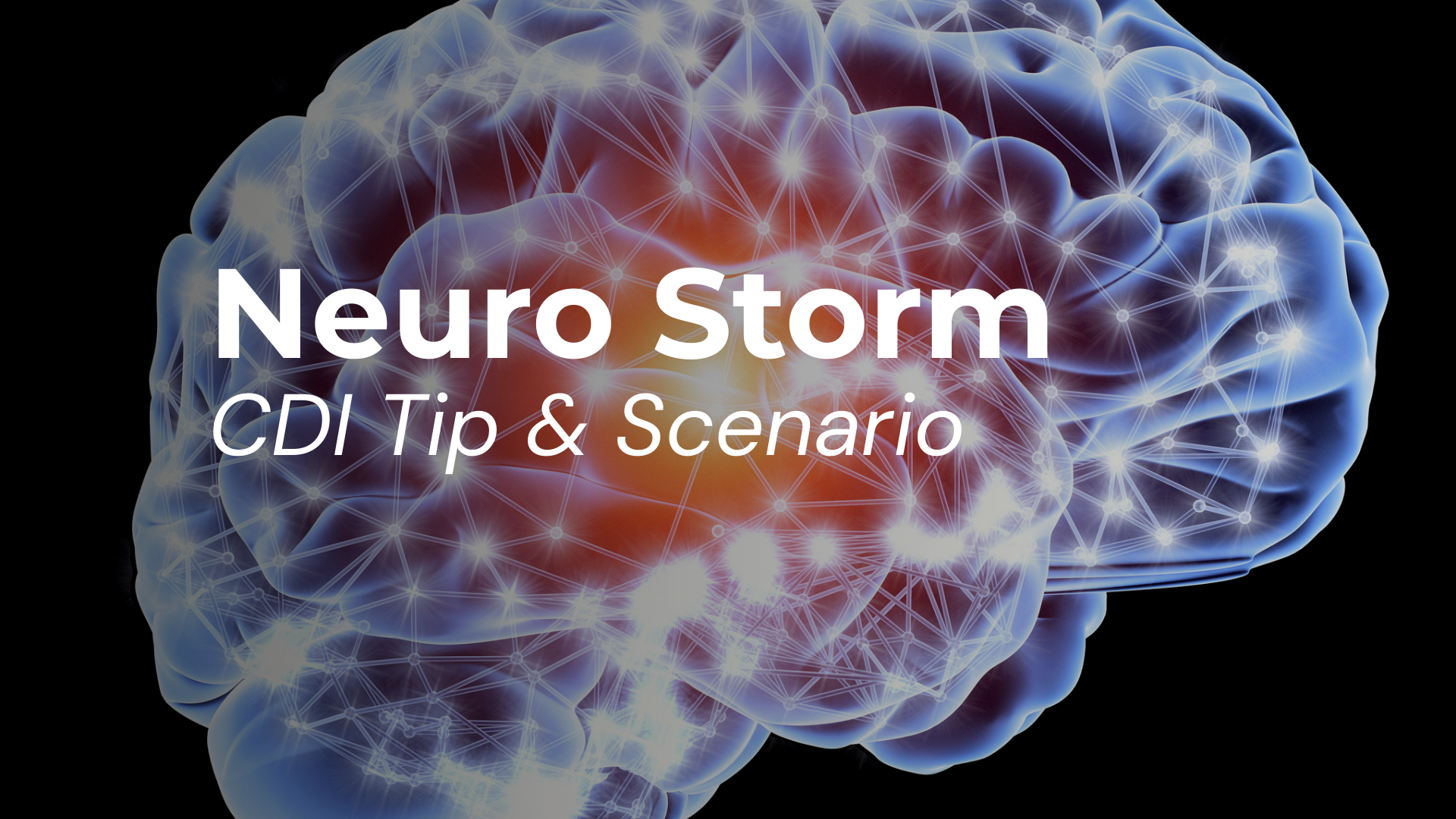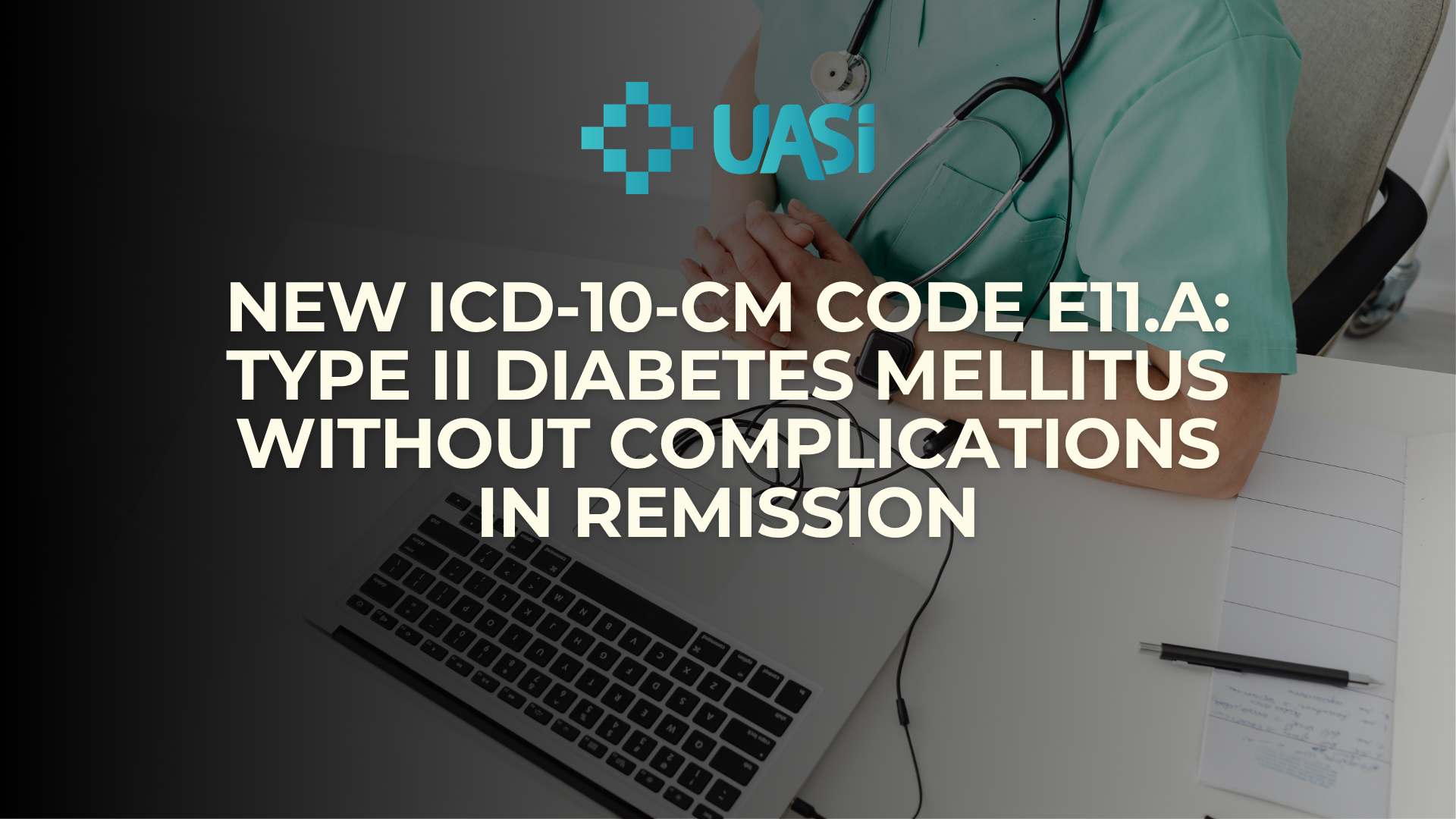June 24, 2025
What Patient Safety Indicators Mean for CDI Coding and Quality Performance
“It’s our coders fault that we have so many PSIs!”
“The CDI specialists don’t know what to query for to get out of a PSI.”
“PSIs are too challenging to understand.”
Do these sentiments sound familiar?
For those of you working in CDI, Coding, and/or Quality, you are likely aware of the dreaded Patient Safety Indicators (PSIs). For those of you newer to the CDI and Coding community, let’s take a moment to break it down.
What Are Patient Safety Indicators (PSIs)?
PSIs are a set of measurement tools created by the Centers for Medicare & Medicaid Services (CMS) that track adverse patient outcomes. This article in particular focuses on the Inpatient space. Per the Agency for Healthcare Research and Quality (AHRQ), Patient Safety 101, “Safety” can be defined in healthcare as: “avoiding harm to patients from care that is intended to help them. It involves the prevention and mitigation of harm caused by errors of omission or commission in healthcare, and the establishment of operational systems and processes that minimize the likelihood of errors and maximize the likelihood of intercepting them when they occur.” 1
Why PSIs Matter in the Inpatient Setting
Patient safety was not at the forefront of healthcare until the late 1990’s when the Institute of Medicine (IOM) published the report, To Err is Human. This report estimated that nearly 44,000–98,000 patients die from preventable errors in American hospitals each year. 2 The body content of your post goes here. To edit this text, click on it and delete this default text and start typing your own or paste your own from a different source.

How CMS Uses PSI 90 for Performance and Payment
At present, the CMS monitors Patient Safety Indicator 90 (PSI 90), which focuses on safety-related adverse events that occur in hospitals after surgeries, procedures, and childbirth. The CMS utilizes PSI 90 to evaluate hospital performance and adjust financial reimbursements accordingly. According to CMS, “PSI 90 measure summarizes patient safety across multiple indicators, monitors performance over time, and facilitates comparative reporting and quality improvement at the hospital level.” 3
Essentially, the PSIs are CMS’s way of saying “this should never happen.” And hospitals are penalized when patient safety events occur.
COVID-19’s Impact on PSI Trends
For a significant amount of time CMS’s approach seemed to be working. The data showed that focusing on patient safety (thus reducing patient harm) resulted in overall decreases in several PSIs. Then the COVID 19 pandemic hit and multiple PSIs increased significantly such as falls, bloodstream infections from central line catheters, and pressure injuries from devices or immobility.
The pandemic and resulting increased acute hospitalizations opened Pandora’s box for patient harm. Per the journal Nursing Research, “Sudden disruptions to the work of nurses required to manage a large volume of high-acuity patients could overwhelm a hospital’s immediate nursing capacity to prevent NSIs (Nursing Sensitive Quality Indicators).” This underscores the importance of prioritizing patient safety and harm reduction as essential in healthcare. 4
PSI Removal & Reporting Exclusions
Several PSI conditions can be avoided in reporting by improving accuracy in documentation and coding helps to relieve the financial burden that reporting a PSI places on hospitals. There are several exclusion diagnoses for many PSIs that, if established by natural documentation or a CDI query, will remove the patient from that PSI bucket. This is how CMS emphasizes that they know some conditions put patients at higher risk of experiencing these outcomes, and these encounters should not be held against this hospital.
Removing a patient from a PSI may also be as simple as querying to ask if a certain diagnosis is present on admission (POA = “Y”). Assigning
accurate admission status is also critical for PSI reporting as CMS has flagged some of the PSIs to only include Elective admissions.

Ongoing Critique and Future Reform of PSIs
At best, PSIs are meant to track adverse patient outcomes and ensure patient safety. However, some industry and quality leaders have criticized the PSI’s stating:
“AHRQ’s Patient Safety Indicators and related measures have been criticized because they initially failed to focus only on hospital-acquired conditions and because some indicators had relatively high false positive rates. As these concerns were resolved through measure refinements and better data quality (e.g., nearly universal adoption of the “present on admission” indicator), some critiques highlighted the phenomenon known as complexity bias, whereby healthcare organizations attempt to address metrics such as PSIs, by creating separate quality improvement teams that do not effectively coordinate their efforts in a unified model of safe hospital care.” 1
Another common complaint from industry experts is that, despite decreased PSI reporting, CMS will always punish hospitals that perform in the bottom 25% of PSI 90 scores. It is anticipated that CMS will reconsider this performance model in the future and potentially reward hospitals for year-over-year improved performance.
Concerning documentation and coding, those in healthcare are all navigating the complex arena to understanding PSI’s, implementing changes to improve our rankings, and working to achieve sustainable outcomes for our respective organizations.
Rachel Mack, MSN, RN, CCDS, CDIP, CCS, CRC
Managing Consultant, CDI at UASI
Works Cited
Agency for Healthcare Research and Quality. (n.d.). Patient Safety Indicators. Patient Safety Network (PSNet). Available at: https://psnet.ahrq.gov/primer/patient-safety-indicators
Institute of Medicine. (2000). To Err Is Human: Building a Safer Health System. National Academy Press.
Agency for Healthcare Research and Quality. (n.d.). Technical Specifications for Patient Safety Indicators. Available at: https://qualityindicators.ahrq.gov/measures/PSI_TechSpec
Nursing Research. (2024). COVID-19 pandemic increases in nursing-sensitive quality indicators. Nursing Research, 73(6). Available at: https://journals.lww.com/nursingresearchonline/fulltext/2024/11000/covid_19_pandemic_increases_in_nursing_sensitive.16.aspx



